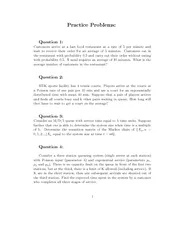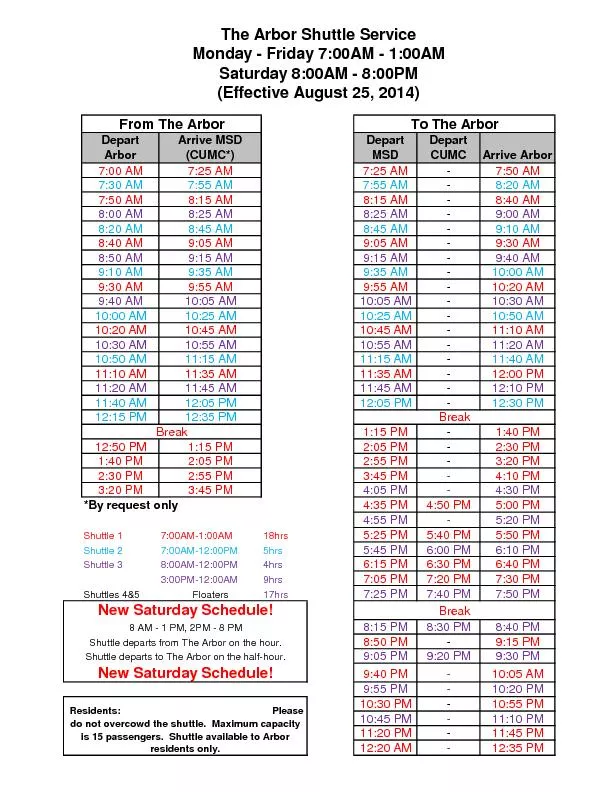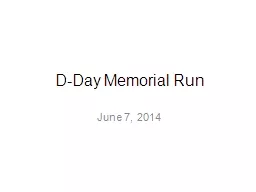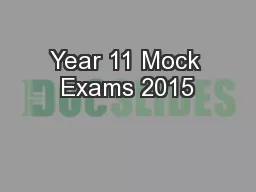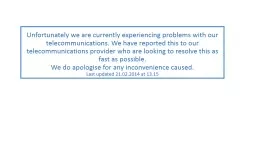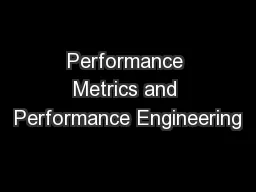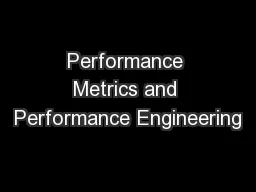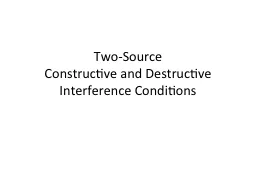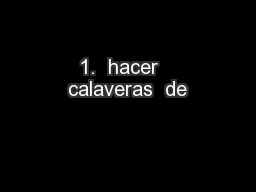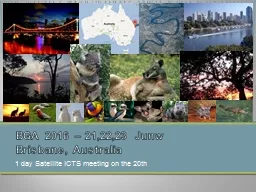PDF-Practice Problems Question Customers arrive at a fast
Author : marina-yarberry | Published Date : 2015-04-30
Custo mers eat in the restaurant with probability 05 and carry out their orde r without eating with probability 05 A meal requires an average of 20 minute s What
Presentation Embed Code
Download Presentation
Download Presentation The PPT/PDF document "Practice Problems Question Customers ar..." is the property of its rightful owner. Permission is granted to download and print the materials on this website for personal, non-commercial use only, and to display it on your personal computer provided you do not modify the materials and that you retain all copyright notices contained in the materials. By downloading content from our website, you accept the terms of this agreement.
Practice Problems Question Customers arrive at a fast: Transcript
Download Rules Of Document
"Practice Problems Question Customers arrive at a fast"The content belongs to its owner. You may download and print it for personal use, without modification, and keep all copyright notices. By downloading, you agree to these terms.
Related Documents

